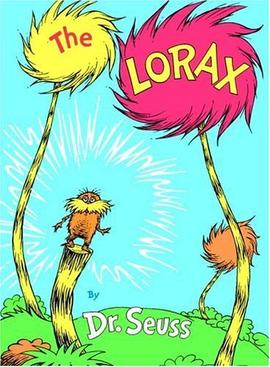
The 15th annual
DC Environmental Film Festival has come and gone. Alas, I missed most of it, because I was home nursing a back injury. I did, however, have the privilege of hearing David Suzuki speak.
For my American readers, David Suzuki is a preeminent conservationist, scientist, environmental advocate, and next to maple syrup and hockey, may be Canada’s greatest contribution to the world. Last Saturday, he spoke at the National Museum of Natural History to promote his most recent book, an autobiography.
Suzuki recalled his early years, some of which were spent as a prisoner in a Canadian interment camp, along with so many other innocent people who looked or sounded like “the enemy”. He described his early influences: the Canadian wilderness, professors at Amherst and U of Chicago, and his first reading of
Silent Spring. He spoke in a matter of fact manner about work with Al Gore (before he was Al Gore), with
Chico Mendes (the murdered Brazilian conservationist and labor activist), with entertainers, and with Amazonian warriors and their near-deadly stand-off with the Brazilian army.
What struck me and much of the audience about his talk was the role of the US. It became yet again apparent that Americans are falling further behind our friends and neighbors in certain avenues of science and education, and in stewardship of the environment.
The David Suzuki Foundation is working hard to promote environmental awareness among Canadians. Initiatives like
Sustainability within a Generation and the
Nature Challenge, however, are equally applicable anywhere in the industrialized world. I encourage readers to consider some of the goals of the Nature Challenge and to recognize that many of these are not merely good for the environment, but will also save money and improve individual health:
1. Reduce home energy by 10%
2. Eat meat-free meals once a week
3. Buy a fuel efficient, low-polluting car
4. Choose an energy efficient home and appliances
5. Stop using pesticides
6. Walk, bike or take transit to regular destinations
7. Prepare your meals with locally produced food
8. Choose a home close to regular destinations
9. Support alternatives to the car
10. Get involved, stay informed
 Tomorrow kicks-off this year’s National Cherry Blossom Festival, commemorating Tokyo’s gift of cherry trees to Washington, DC 95 years ago. The opening ceremony at the National Building Museum will feature an exhibit on Earth-friendly design in Japan to compliment the museum’s existing exhibit, The Green House: New Directions in Sustainable Architecture and Design. (For speculation on the shape of Tokyo’s future, visit this post at the always-hip BLDG Blog)
Tomorrow kicks-off this year’s National Cherry Blossom Festival, commemorating Tokyo’s gift of cherry trees to Washington, DC 95 years ago. The opening ceremony at the National Building Museum will feature an exhibit on Earth-friendly design in Japan to compliment the museum’s existing exhibit, The Green House: New Directions in Sustainable Architecture and Design. (For speculation on the shape of Tokyo’s future, visit this post at the always-hip BLDG Blog)




